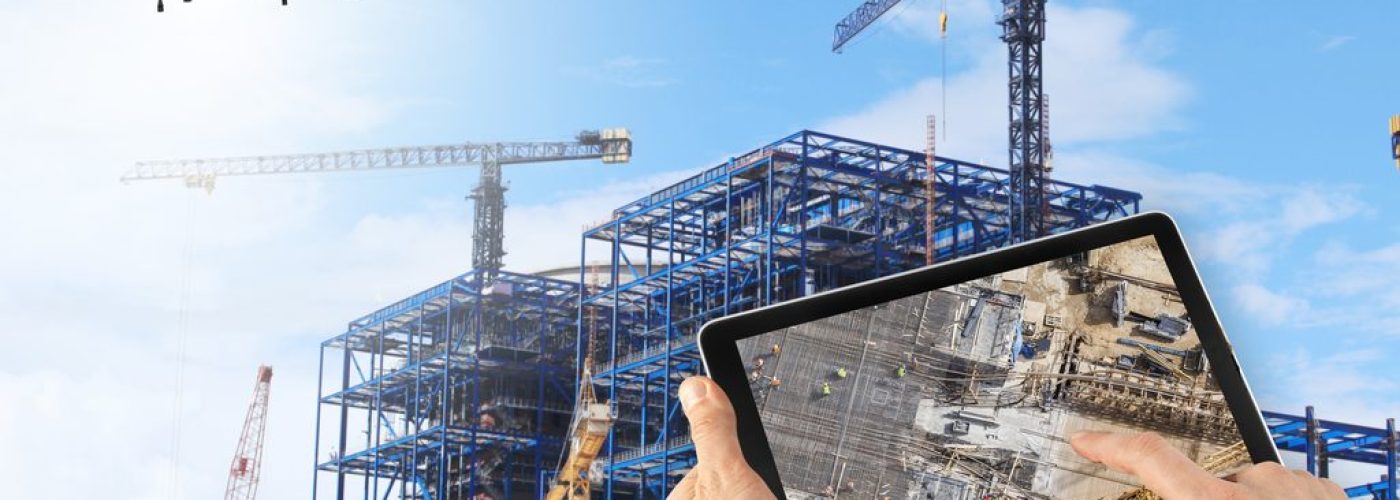Technology has impacted every corner of our lives at a pace so rapid it’s sometimes hard to keep up. The construction industry is no exception to that, and the sheer number of tech solutions on offer to companies can be daunting
It’s hard to separate the wheat from the chaff, and to figure out what’s just a flash in the pan and what’s worth investing your money in. In this blog, Advantage AHCI aims to help you do exactly that – as they tell you about the five technologies which will change the construction sector forever.
Drones
When a camera is attached to one of these aerial vehicles, it allows for site managers and teams to not only receive real-time progress updates but also to check for and monitor health and safety hazards they may not have otherwise been able to spot. So significant is their anticipated impact that US start-up company, Skycatch, have made supplying drones to construction projects their primary focus. Furthermore, from a marketing perspective, being able to use drones to capture time-lapse footage of schemes being constructed is a brilliant calling card for surveyors and agents.
3D printing
3D printing has already made a big splash, but many people believe that we haven’t even begun to scratch the surface of its capabilities. One Chinese construction company has started building houses using a giant version of the technology, spraying layers of cement and construction waste to create them. Many in the industry are convinced that this could, eventually, help to solve the global housing crisis – reducing the time and costs involved with building new homes.
AR & VR (incl. BIM)
Augmented and virtual reality are already revolutionising many sectors, but their effect on the world of construction is set to be huge. Thanks to this advanced technology, construction managers will be able to oversee every element of a project on as granular a level as necessary – aiding with health & safety, co-design, digital job guidance, progress monitoring and more.
Additionally, BIM (building information modelling) is already making waves in the construction industry, providing contractors, developers and professional teams with the ability to conduct virtual walk-throughs of projects. It’s started to replace traditional blueprints and is slated to transition from 3D to 5D in the very near future.
Carbon nanotubes
Engineers have created this incredibly thin, lightweight material which – contrary to what you might think – can be used to add greater strength and density to metal, wood and glass. Despite being only a nanometre (one-billionth of a metre!) in thickness, the carbon walls which the tubes create have the highest strength to weight ratio of any material on earth. This could streamline the construction process at breakneck speed, making buildings faster and easier to erect.
Smart H&S gear
From responsive clothing to “smart” hard hats, PPE has had a 21st-century makeover and is now poised to keep on-the-ground teams even safer. The “Smart Helmet” is a piece of wearable tech from Uvex which is equipped with special lenses, 4D augmented reality and more – meaning that its wearers can be warned of potential hazards, and be given detailed information about their surroundings.





